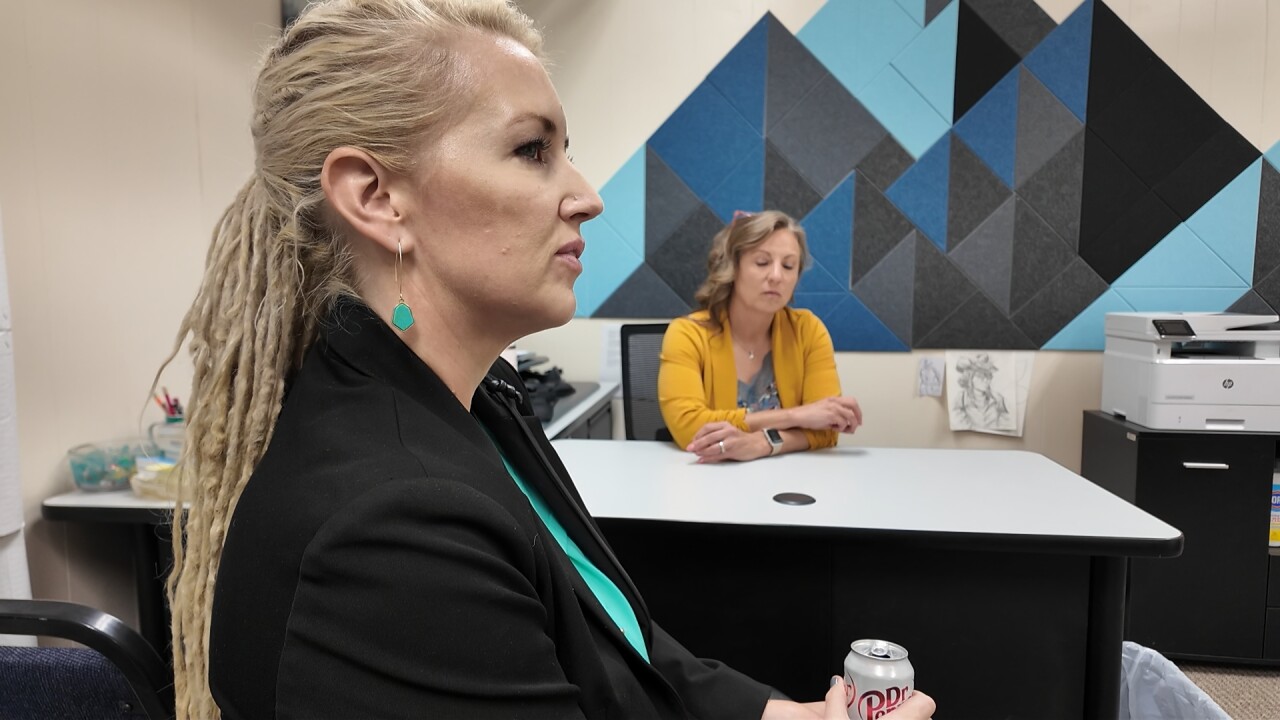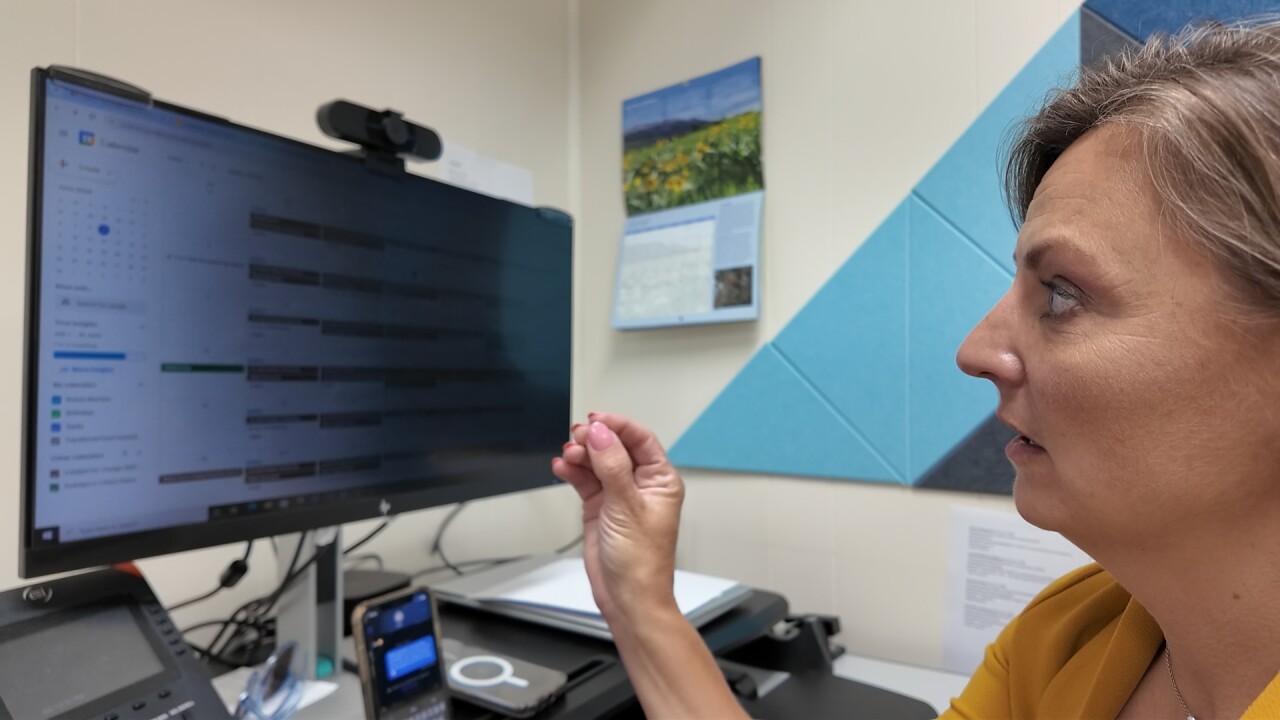HARLOWTON — Montana is littered with places like Harlowton: small towns spread across a vast landscape. It can often make residents feel isolated and lead to growing mental health issues.
"People go through a lot of trauma in a lot of different ways," said David Brisco. "Mine was childhood trauma, generational trauma. I knew I had problems early on because I was basically uncontrollable. So something like this is huge."
Brisco has struggled with mental health all his life. He moved his family from California to Harlowton in 2020. That helped, but things still weren’t right, things as simple as a car ride.
"Me and my wife would argue in the car all the time. It would start and escalate, for 13 years," he said. "The therapist told me, 'Instead of taking it from a place of control, like she's trying to control you, take it from a place of concern.' That little change of mindset helped my car rides tremendously."

He started seeing that therapist about six months ago, after walking into the community health office on the bottom floor of the Wheatland County courthouse. Brisco originally went in asking for help to get back on Medicaid, after he was one of thousands of Montanans kicked off during re-determination. That process is an effort by the Montana Department of Public Health and Human Services to take a deeper look at the state's Medicaid enrollees and "redetermine" whether they remain eligible for coverage under the federal program based on income. During the pandemic, the federal government its review of eligibility requirements, then restarted those efforts in 2023.
This has meant Montanans deemed ineligible for Medicaid coverage, sometimes only because they lack necessary paperwork, have been left scrambling, including Brisco.
Related: Montana approaches end of Medicaid redetermination process
"I called for 2-3 months getting nowhere," he said. "Finally I got in here, and they started calling on my behalf."
"He likes to say, ‘She started applying for Medicaid right then and there,’” said community health supervisor Briana Dolbear.
Dolbear’s team got the Briscos back on Medicaid, but during that initial conversation, she explained their main goal was to facilitate therapy and psychiatry appointments through a group called Catalyst for Change.
"We could not do our job here without them," Dolbear said.

The non-profit's founder, Amber Martinsen-Blake, saw mental health help slipping through the cracks in rural Montana. She was working in Big Timber when she started Catalyst for Change in 2020, an important year.
"Before the pandemic, no psychiatrists in the state - private practice, hospitals, mental health centers - would allow clients to see a psychiatrist for their first-time visit over telehealth," Martinsen-Blake said. "That was brutal. It was a huge barrier."
Therapists and psychiatrists rarely live in small towns, which means rural Montanans used to have to drive hours to get help. But the COVID-19 pandemic provided a rare silver lining.
"When COVID hit, every psychiatrist does first-time telehealth visits now," she said.
Now, all rural residents need is a webcam.

A two-year grant funded Catalyst for Change's pilot program. After the grant ran out, Sweet Grass County commissioners decided to fund the program themselves because of its success. Martinsen-Blake then brought it to Wheatland County following a similar model.
"When I started in Big Timber, there was one therapist," Martinsen-Blaker said. "Now, there are six. And telehealth providers in our network? We have 70 of them."
"We in most cases can find care for a person within 24 hours," Dolbear said of the quick turnaround time Catalyst provides. "I’ve had people walk in, and we’re on the phone in 10 minutes."
"There is a window where people go in and out of crisis," Martinsen-Blake added. "Our network knows that. A lot of times, you are seeing six-week to three-month wait times. That's too long."
That's how David Brisco - and his whole family - changed their lives.
"All my family’s in therapy now. My kids actually like it - they go two times a week," he said.
That is actually Catalyst’s main demographic, taking their telehealth model directly into rural schools, and the statistics show it’s working.
We’ll dive into them in part two on Thursday.





